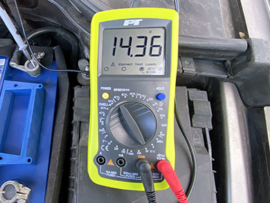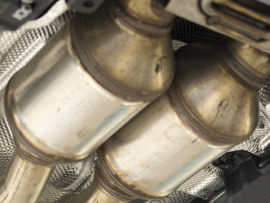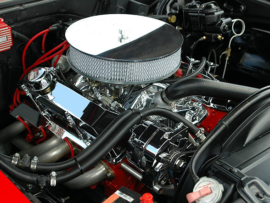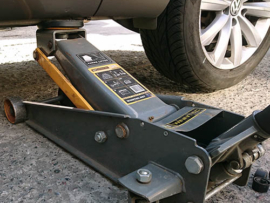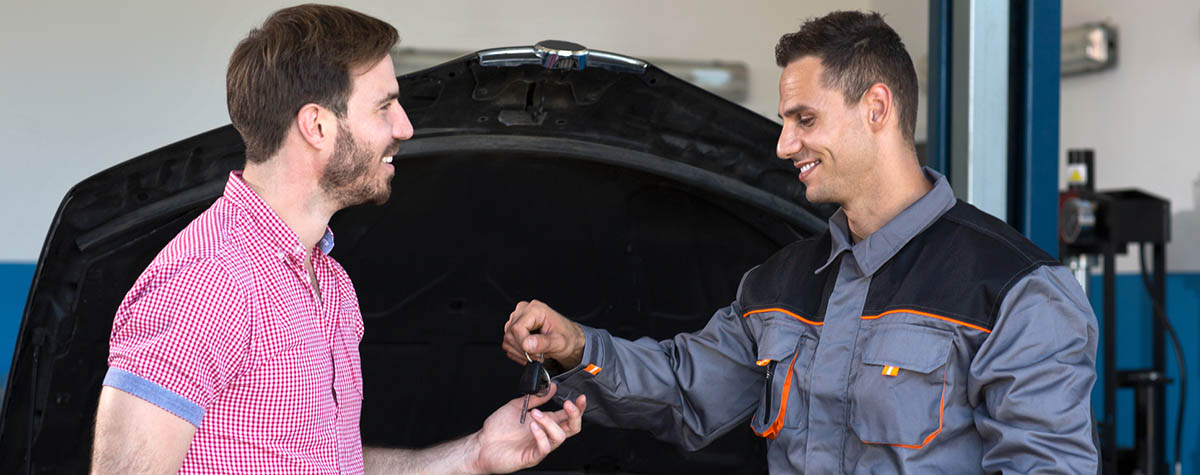
- 1. Check engine light
- 2. Flat tire
- 3. Problems with fuel supply and ignition
- 4. Problems with the paint
- 5. Discharged battery
- 6. High fuel consumption
- 7. Brakes squeak
- 8. Headlight doesn’t lit
- 9. Failing sensors
- 10. Uneven tire wear
- 11. Steering wheel vibration
- 12. Emission system problems
- 13. Car does not open
Even if you’ve owned your car for a long time, or if you’ve been driving recently, you’ll still find it helpful to pay attention to the most common car complaints.
Any car is governed by wear and tear over time, which is bound to lead to problems at some point. Even a fully serviced car sometimes requires special attention or even urgent repairs. This is usually accompanied by the appearance of certain signs on the control panel. It pays to be able to distinguish them and understand which ones are of higher priority than others in order to avoid serious costly repairs.
Here are the most frequent car breakdowns, as well as possible causes of their occurrence and options for their elimination. There are things that you can solve on your own, thus saving a lot of money. But many problems will require at least diagnostics, such as the appeared indicator “Check Engine”.
1. Check engine light
There may be many reasons for this signal. If you have this signal, you need diagnostics with an OBD2 scanner, which will read the error codes of the vehicle’s ECU and indicate the problem itself. You can not ignore this “Check Engine” signal and you can not drive your car even if the engine is working properly. The engine is the most expensive component of the car, which also costs a lot to repair. Also, some problems, such as a hole in the engine block or a broken timing belt, can cost as much as buying a new engine, and this option will be more beneficial than repairing a seriously damaged motor.
2. Flat tire
It is usually caused by a puncture or a dented rim, which means that the tire no longer fits snugly on the rim. If the tire has not been punched, a herniated tire or the normal natural wear and tear of the tread is often the cause of a loss of pressure in the tire.
Related post: The Best Tire Pressure Gauges
With one flat tire, the problem is always immediately clear and the solution is clear. It is enough to change the wheel yourself for a spare. But what to do if two or more wheels are flat? Then you need to call a tow truck and have all the damaged wheels repaired at a service station. But also you need to know, using a tire repair kit, a car jack and a tire air compressor, it is possible to repair flat tires in the place of the roadside accident.
3. Problems with fuel supply and ignition
When air and fuel are improperly mixed or burned with residues in the combustion chamber, it can lead to unpleasant consequences later on.
Incorrect fuel delivery and injection or engine misfires are some of the major problems of the car. Engine misfires should not occur. Check the operation of the fuel system and ignition. They should be running smoothly, like clockwork.
4. Problems with the paint
The paint on any car is subject to aging and possible damage. Problems with it vary from dents and scratches on the body to the appearance of rust. While dents and scratches are often easy to fix, rust usually requires replacing the entire part, which can be costly in some cars. Car waxes and ceramic coatings are recommended to protect your car’s paintwork. For scratches and paint chips, there are ready-made solutions that can help fix the problem yourself. But it is also worth visiting a body shop to repair dents in the body, as well as other problems with the car’s paint.
5. Discharged battery
It’s very common for a car not to start if the battery is dead. Car batteries have a life cycle of about 60,000 miles or 3-4 years within which they perform well, or no longer very well. Over time, the car battery will no longer maintain its normal charge level and the right amount of amperes. You can use an automotive multimeter to check the current condition of the battery by taking readings from its contacts. The normal voltage value is 12 volts with the engine turned off and about 13.5-13.7 volts with the engine running. Test the battery in these 2 states, as the voltage while the engine is running excludes the malfunction of the alternator and its repair.
6. High fuel consumption
Be sure to identify the cause in such a situation so that you don’t have to pay twice. When the engine is running efficiently, it burns fuel at a rate that helps to consume fuel efficiently. However, some parts of the fuel system, such as fuel filters, air filters, mass air flow sensor and oxygen sensors, become dirty and wear out over time. Failure to replace them will result in the engine consuming more fuel than usual.
7. Brakes squeak
In general, the squeaky brakes are not an emergency situation, if there are no more problems with them. It can happen when the car has been parked for a long time and the brakes are not working. In this case, the squeaking will quickly go away. But, for example, if the brakes squeak and at the same time the brake pedal became softer – in this case, go to the service station immediately. Usually, worn brake pads or brake rotors cause squeaking when their service interval is reached. Read more over here on how to change brake pads yourself.
8. Headlight doesn’t lit
The most common cause of this malfunction is a blown bulb, but there are also more serious reasons, such as: faulty wiring or a headlight control unit. How to solve the problem? You need to remove the bulb, clearly following your car’s owner’s manual and inspect it. If it is burned out, you need to replace it. If replacing the bulb doesn’t help, you need to scan the car’s error codes to find the problem.
Related post: The Best LED Bulbs For Car
9. Failing sensors
Modern cars have many sensors that transmit data to the ECU. Correct operation of some of them is very critical for the car, first of all for its engine. It often happens that the car doesn’t start because the sensor is defective. Among the general mass, it is worth singling out the camshaft and crankshaft sensor (CKP), mass airflow sensor (MAF), oxygen sensor and tire pressure sensor (TPMS). Faults in all sensors are checked by the OBD2 scanner, but there are more complicated situations when the sensor replacement is performed to avoid future problems with it during related repairs.
10. Uneven tire wear
Tires take all the weight of the vehicle and uneven tire wear is an important sign that the vehicle needs service. This critical failure can manifest itself while driving, such as vibration through the steering wheel and suspension, or the car will pull to the side. To normalize wear on a properly serviced car, it is advisable to change the wheel’s position every season, but make sure they are always set in the correct direction of rotation.
Related post: 12 Best All-Season Tires For Different Conditions
11. Steering wheel vibration
If it happens right after starting the engine and starting to drive, it may be caused by wheel bearings or damaged suspension components. If it occurs at higher speeds, it usually indicates a wheel balancing problem. Either way, the best way to find out where the problem lies is to have the car serviced by a mechanic who can properly diagnose the problem and fix it.
12. Emission system problems
Cars are designed to operate at optimal levels of efficiency while polluting as little as possible. But every one of these systems, except for electric cars, is not perfect in terms of CO2 emissions. Over time, the engine can start to consume more fuel. One reason could be a decrease in the accuracy of the oxygen sensor, which could result in a more enriched mixture than needed, containing more CO2, being fed into the engine. Furthermore, almost all modern cars may have problems with the catalytic converter, usually due to a not properly working engine.
13. Car does not open
This type of malfunction occurs both on brand new and old cars. Common causes are breakdown of the car central locking, alarm system malfunction, dead battery, freezing of the locks, or key fob. To open the car in such a case, you must first try a special tool, selected for each car individually (see the Owner’s Manual of the car), if available. Then there may be such options for a solution: diagnostics of the car, charging the battery, disabling the alarm system if necessary.
Sources:
- USAToday – The 20 biggest complaints about America’s most popular cars
- Usa.gov – Car complaints
- HOTCars – 25 Glaring Problems With Toyotas Nobody Talks About
We do an efforts to find, research and recommend the best products. So, we may receive commissions from purchases that you make after following the links in our product reviews.


